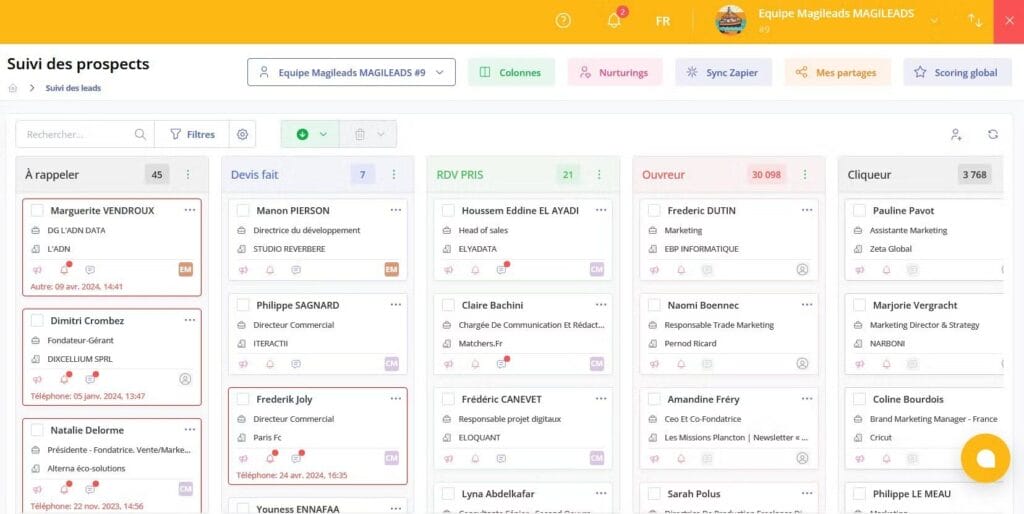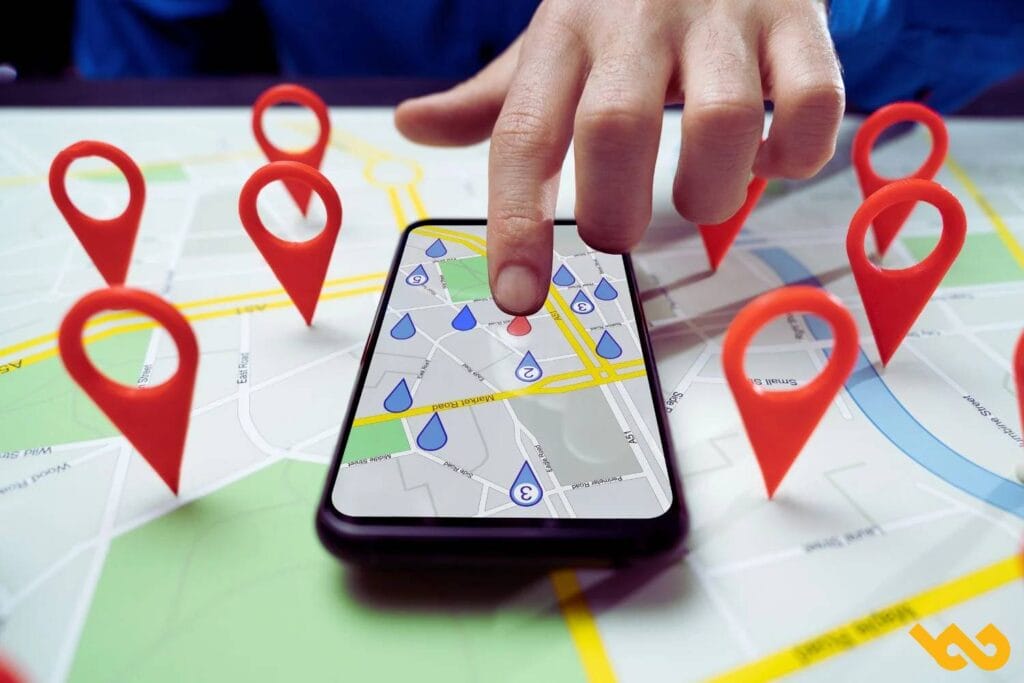Are you having difficulty creating your buyer persona? We help you better visualize what a well-developed persona can look like.
In the world of marketing, knowing your target audience is essential to success. This is where persona marketing comes in. By creating a detailed profile of your ideal customer, you can better understand their needs and purchasing behaviors. In this article, we will present you with some examples of marketing personas to help you better apply this essential method. You can take inspiration from our models to build your own.
Buyer journey: understanding the persona’s purchasing journey
How can we talk about persona without mentioning the importance of the buyer journey? It's just impossible. The buyer journey, or the persona's purchasing journey, is a crucial element to analyze. As a company, you must build this journey, but above all understand it. This will allow you to track the different stages the persona goes through as they move forward with your brand. How did he become an ambassador for your brand from a simple visitor to your website ? How did this simple visitor become a loyal customer to the point of recommending you to others? All these elements must be analyzed and understood.
Afterwards, you will be able to offer content adapted to each stage of the buyer journey intended for your potential customers. You will thus be able to improve the reach of your message, but also its impact and effectiveness. Understanding the buyer journey is one of the first fundamental steps if you want to establish a strategy adapted to your audience.
Modeling your persona: what to do?
The first step is to collect as much relevant information about your persona as possible. There are several ways to do this, but here are the most common methods.
1 – Collect information from your internal teams
In-house teams, such as customer service, sales and marketing teams, often have direct interactions with customers and prospects . They can provide valuable insights into customer behaviors, preferences, and needs.
For example, customer service can provide information on the most common problems customers encounter and the most frequently asked questions. Sales teams can provide insights into the characteristics and decision criteria of prospects who purchased or declined to purchase. Marketing teams can provide insights into customers' preferred communication channels and which advertising campaigns worked best.
2 – Question prospects and customers directly
Their comments, opinions and behaviors can provide valuable information about their needs, motivations and preferences . You will thus be able to gather several very important pieces of information such as:
- Client goals, challenges and motivations
- Customers’ preferred communication channels
- Frequently asked questions from customers
- Prospects' purchasing decision criteria
- Customer product and service preferences
- Sources of information used by customers and prospects
This information, in addition to helping you build your persona, can help you from several different angles. This helps you, for example, to improve your product or service . But this information can also help create more targeted and effective marketing messages.
3 – Use the data collected on your website
If your business has a website, you can use specific tools to collect information about your persona . Google Analytics or Google Search Console, for example, can provide you with data about users who interact with your business. These tools allow you to collect, analyze, and even download relevant data about your audience. For example, you can find out what searches they carried out before coming to your website. How did they find your business? Through social networks? By filling out a contact form on your website? The possibilities are multiple. You can also analyze their socio-demographic characteristics and much more.
After collecting the data, the second step is to gather all the information on a persona sheet. This is a document that describes in detail the typical profile of your ideal client. It usually contains information such as the name, age, gender, occupation, interests, purchasing habits, communication preferences, goals, challenges and motivations of the user or the ideal customer . It can also include a photo to personalize and humanize the description.
Examples of persona (Digital business manager)
Let's take the example of a company specializing in digital marketing and web SEO. This company aims to develop its business by selling its support services to other companies. In addition, the company helps VSEs/SMEs to make themselves known and increase their turnover.
One of the buyer personas that could be a good fit for this business is a manager of a small e-commerce business that sells cosmetic products.
1 – Presentation of the persona
Pierre is an entrepreneur aged 35 to 45. He graduated from a major business school and has several years of experience in the field of digital marketing and e-commerce . 2 years ago and manages a team of 10 people . Pierre is ambitious and passionate about his work. He is constantly looking for new opportunities to develop his business and increase his turnover.
2 – What does his typical day look like?
Pierre usually starts his day around 8 a.m. by checking his emails and having coffee. He then spends a large part of his day supervising his team and planning projects. He attends meetings with his employees and business partners , and may also meet with potential clients. At the end of the day, he takes the time to respond to his overdue emails and plan the tasks to be accomplished the next day.
3 – How does he obtain information?
Pierre uses a variety of tools to collect information about his market and competitors. He is also very active on professional social networks such as LinkedIn and Twitter . He follows news in his sector by reading specialized blogs and online publications. It also uses data analysis tools to monitor consumer trends and behaviors
4 – What are his professional priorities?
Pierre's professional priorities are focused on the development of his business. He seeks to constantly improve the quality of his products and services. But in parallel, he also seeks to increase his turnover and strengthen the notoriety of his brand . Advertisements on large e-commerce platforms like Amazon or Cdiscount interest him enormously to promote his products. He is also very attentive to the satisfaction of his customers and the loyalty of the latter.
5 – What are its biggest goals?
Pierre's major objectives are to become a recognized leader in his field, to expand into new markets, to expand his range of products and services, and to significantly increase his turnover . Pierre wants his brand to be known to a wider audience, even the international market. He wants to enter the world of Amazon Advertising .
6 – What are its problems?
The main issues facing Pierre are increased competition in his market, the need to stay at the forefront of technology and innovation , and managing his team to achieve the company's objectives. At the same time, Pierre's business lacks visibility, which causes him to lose many sales opportunities.
7 – How can you help him?
The company can help Peter by providing information about trends in its market and competitors. She can also offer training to allow her to stay up to date with new developments related to her business. Finally, the company can offer tailor-made solutions to meet the needs of their business and help them achieve their goals. The company can offer Pierre its advertising services, various marketing monitoring services, and even offer him automation tools that could facilitate his daily tasks.





